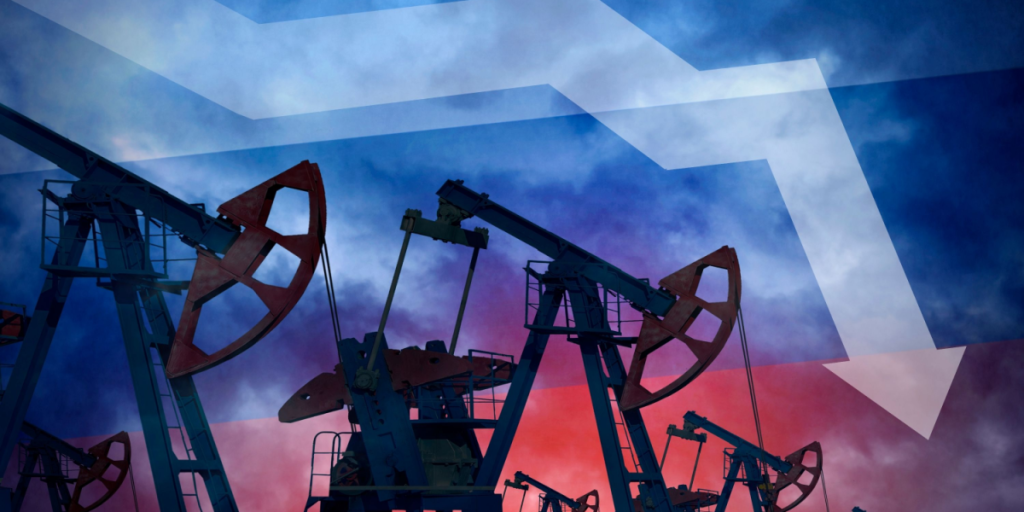With refineries in flames and gasoline prices breaking records, Russia’s fuel sector is cracking under military pressure.
Others are reading now
With drone attacks disabling nearly a fifth of refining capacity and prices hitting record highs, Russia’s fuel sector is unraveling under military and economic pressure.
This was reported by United24 Media.
Russia’s Fuel Crisis Deepens
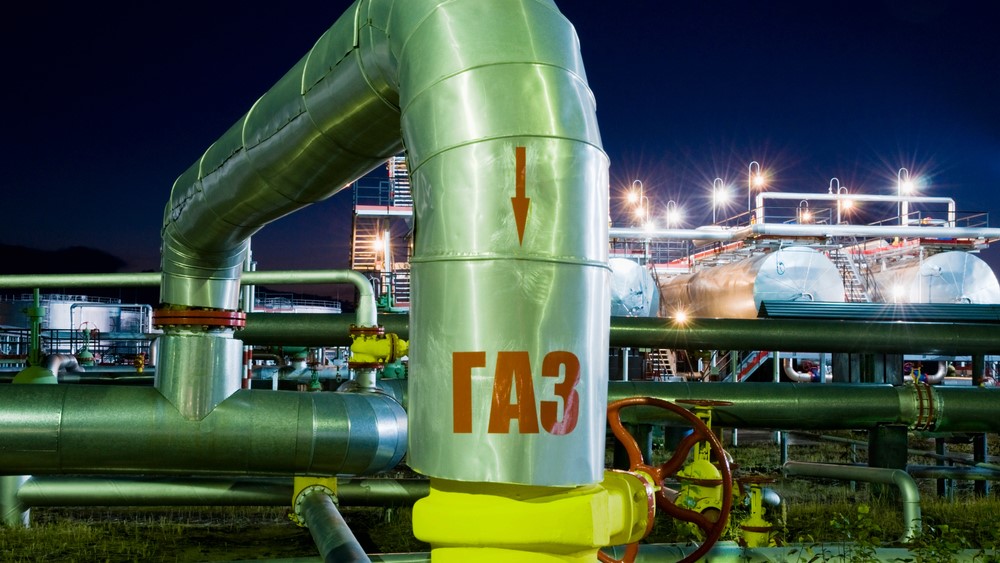
A growing fuel crisis in Russia is pushing the country’s energy sector to the brink, driven by a series of precise Ukrainian drone attacks on oil infrastructure and a seasonal spike in domestic fuel demand.
Combined with economic sanctions and an overstretched logistics network, these strikes are starting to severely impact both the civilian market and military supply lines.
Ukraine Targets Key Refineries
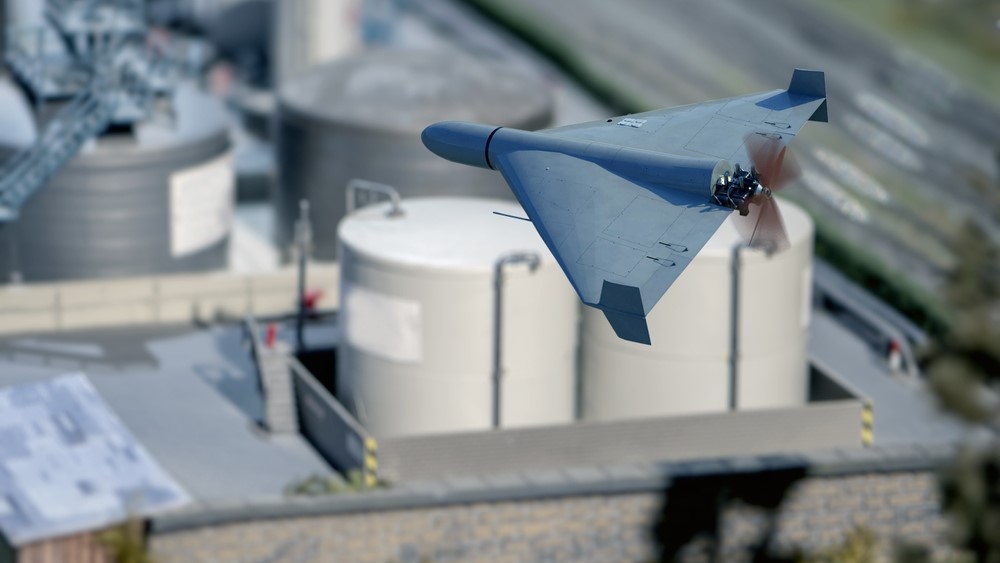
On August 24, Ukraine’s General Staff confirmed that its intelligence and unmanned forces targeted the Syzran refinery, one of Russia’s main gasoline producers with a capacity of roughly 8 million tons per year—around 3% of the country’s refining capacity.
Also read
Elsewhere, the Novoshakhtinsk facility in Rostov has been burning for four days straight following another drone strike.
Drone Strikes Hit Where It Hurts
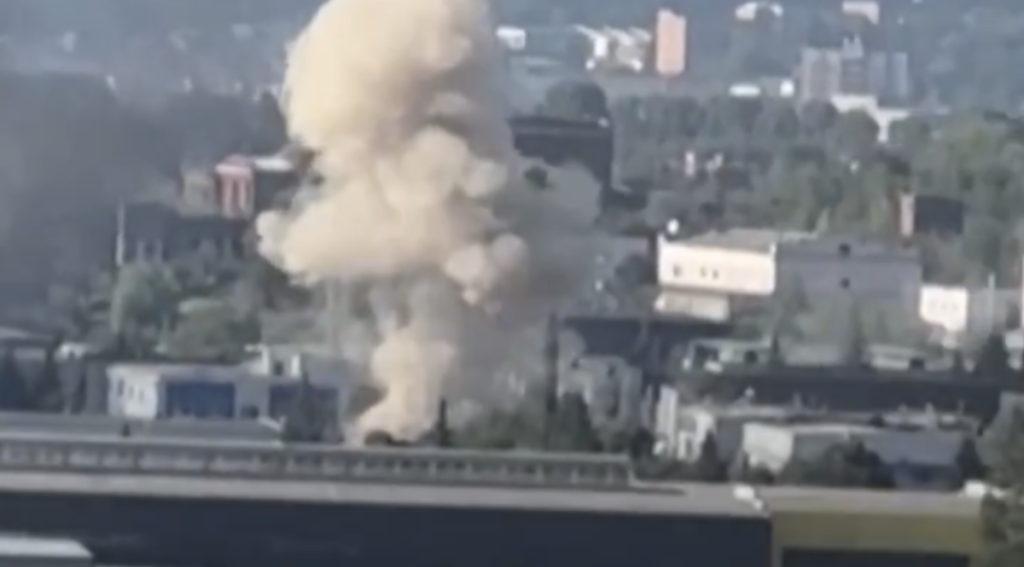
In total, seven Russian refineries have come under attack since the beginning of August.
Experts say about 17% of the country’s refining output is currently offline.
With some plants reportedly sustaining critical damage, it remains uncertain whether all will return to service in the near future.
Fuel Prices Surge

Unsurprisingly, this disruption has caused fuel prices to soar.
Also read
A ton of gasoline that cost 77,000 rubles (about $980) in early August now exceeds 82,000 rubles ($1,023), marking a 55% increase since January.
Retail fuel prices have jumped more than 10% year-on-year, crossing 60 rubles (75 cents) per liter in many regions.
The Kremlin’s Measures Fall Short
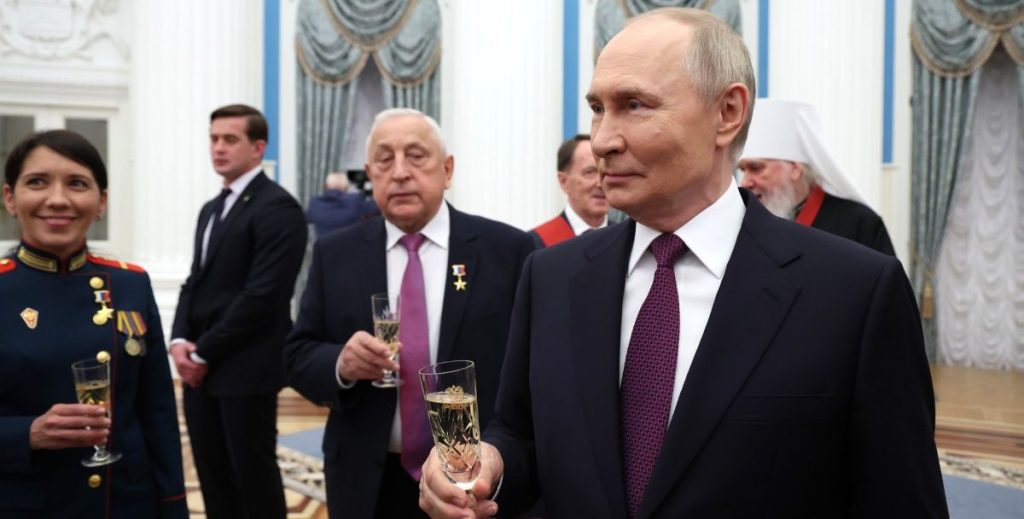
In response to spiraling prices and growing shortages, the Russian government imposed a ban on gasoline exports in July to prioritize domestic supply.
However, this has done little to calm the market, as structural factors continue to worsen the situation:
- Agricultural demand is peaking during harvest season.
- Air travel issues have pushed more Russians onto the roads.
- Rail transport is overwhelmed by military shipments, leaving less capacity for civilian freight.
- Ongoing war demands siphon massive amounts of fuel to support over 600,000 troops and heavy equipment on the front lines.
Meanwhile, Ukraine’s campaign has expanded to fuel convoys and storage infrastructure, with entire tank trains destroyed in recent weeks.
Also read
Regional Shortages and Rationing
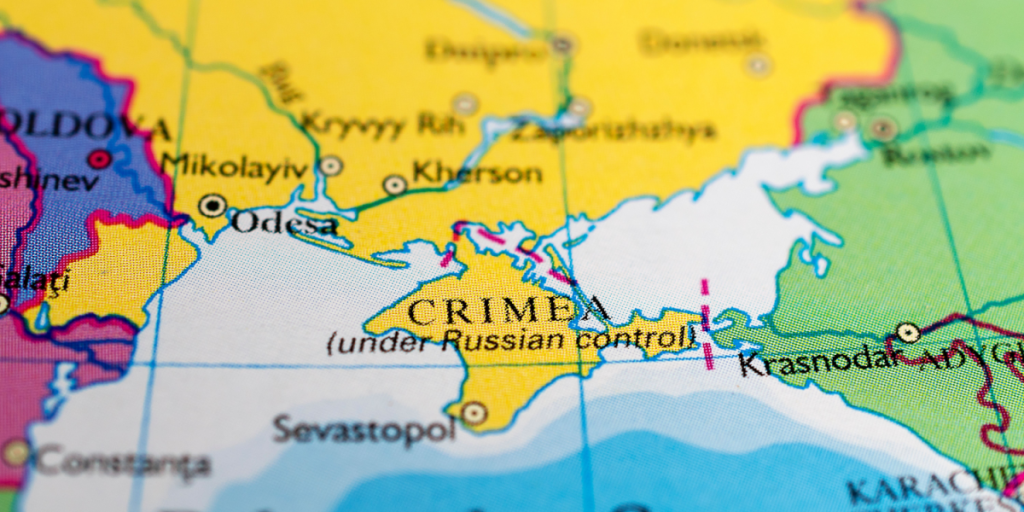
The effects are spreading. In Russian-occupied Crimea, fuel shortages have led to several-day-long outages at gas stations.
Other regions have introduced rationing through card-based distribution systems to manage dwindling supplies.
Financing War, But at What Cost?
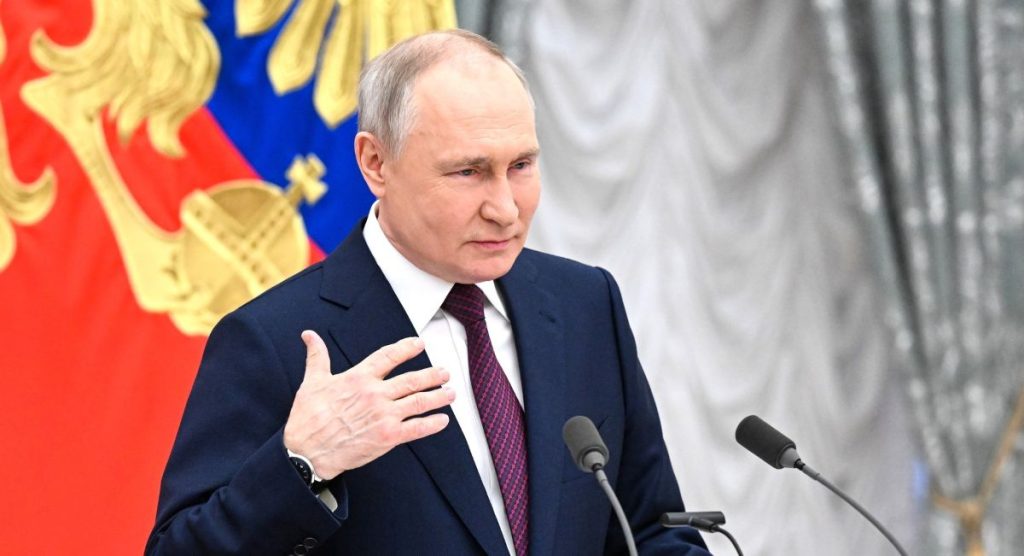
Russian oil and refined fuel sales remain a key funding source for the war in Ukraine.
But with global oil and gas prices depressed in 2025, and military fuel needs increasing, the Kremlin faces a budget shortfall that exceeds legal limits.
As supply dries up and civilian hardship spreads, Russia’s “everything for the front” policy is beginning to show serious domestic cracks.

